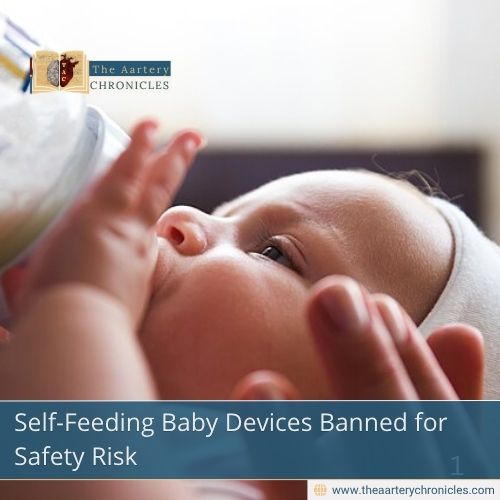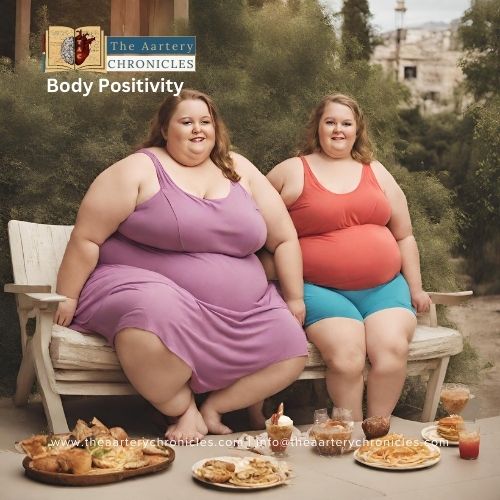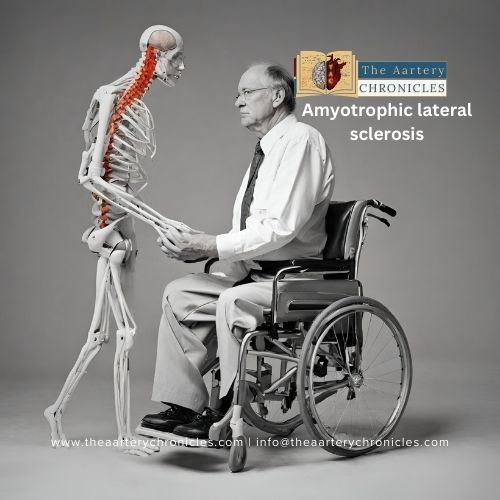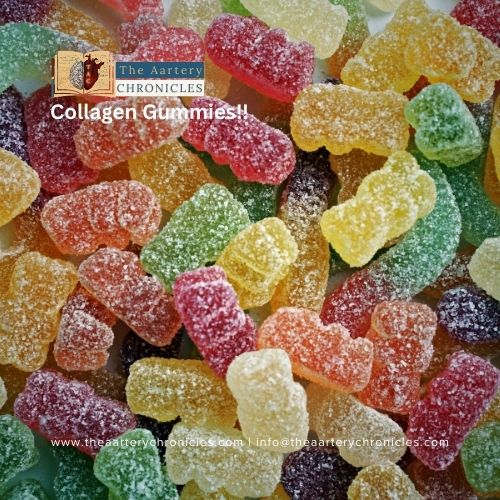

Self-Feeding Baby Devices Banned for Safety Risk
Parents are being urged to take immediate action following a new baby self-feeding products safety alert issued by UK regulators. These products, often marketed as hands-free bottle feeders or self-feeding pillows, may look convenient, but health authorities warn that they can cause serious harm, choking, aspiration pneumonia, or even death in infants.
What the New Safety Alert Says
The Office for Product Safety and Standards (OPSS) in the United Kingdom has released an Urgent Safety Alert for all products that allow babies to feed from a bottle without continuous adult supervision.
According to the OPSS:
- Parents and caregivers should stop using these products immediately and dispose of them safely.
- Retailers and manufacturers must remove them from sale because they do not meet the General Product Safety Regulations 2005.
- The regulator also clarified that these products “can never be made safe” due to their design and purpose.
This makes the baby self-feeding products safety alert one of the most important consumer health warnings for parents in recent years.
Why Baby Self-Feeding Products Are Dangerous
1. Babies Have No Control Over Milk Flow
These products prop up a bottle or position it on a pillow, letting the baby drink without an adult holding it. However, infants lack the muscle coordination and reflex control to adjust milk flow or stop feeding when they’ve had enough. This can quickly lead to choking or inhaling milk into the lungs.
2. Risk of Aspiration Pneumonia and Choking
When milk enters the airways instead of the stomach, it can cause aspiration pneumonia a severe lung infection that can be life-threatening in babies. The lack of supervision during feeding increases the risk of such accidents, which can happen silently and within seconds.
3. Contradicts Safe Feeding Guidelines
This method directly goes against the NHS and pediatric feeding recommendations, which stress that infants must always be held upright and supervised during bottle-feeding. Proper positioning and presence of an adult are essential to react quickly if the baby coughs, gags, or shows distress.
What Parents Should Do Now
If you currently use a self-feeding bottle device, pillow, or any hands-free feeder:
- Stop using it immediately.
- Dispose of it properly so no one else can reuse it.
- Check for similar products under different names such as “pro-feeding aid,” “hands-free bottle holder,” or “self-feeding cushion.” All of these carry the same risks.
Next, return to supervised feeding practices. Always hold your baby during feeding, keep them semi-upright, and ensure the bottle is controlled by an adult. This reduces the risk of choking and helps strengthen emotional bonding through eye contact and physical closeness.
Conclusion
The baby self-feeding products safety alert highlights an important reminder: no convenience is worth compromising a baby’s safety.
Feeding should always be a supervised, interactive activity, ensuring both nourishment and safety. Parents are encouraged to follow trusted medical guidance hold, watch, and respond to your baby during every feed.
Source: Inputs from various media Sources
I’m a pharmacist with a strong background in health sciences. I hold a BSc from Delhi University and a pharmacy degree from PDM University. I write articles and daily health news while interviewing doctors to bring you the latest insights. In my free time, you’ll find me at the gym or lost in a sci-fi novel.
- Priya Bairagi
- Health News and Updates,People Forum
- 30 October 2025
- 09:00








